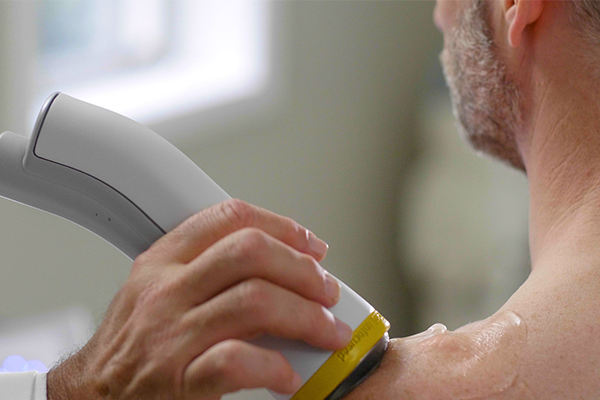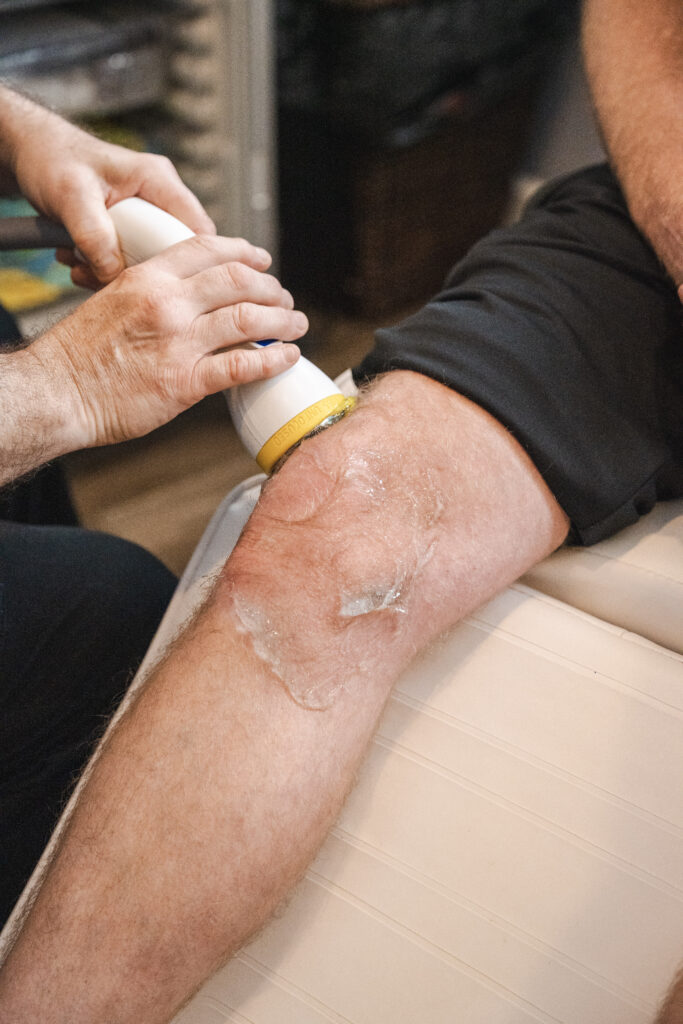Arthritis is a condition associated with inflammation and pain in the joints. Its causes are diverse, and here are five prevalent triggers:
- Joint Wear and Tear: Continuous wear and tear of joints due to aging or overuse can lead to osteoarthritis. This degenerative disorder can result in pain and stiffness in the joints.
- Autoimmune Disorder: In conditions like rheumatoid arthritis, the immune system mistakenly attacks the body’s tissues, causing inflammation in the joints.
- Physical Trauma: Joint injuries or fractures can lead to the development of arthritis in the affected area.
- Obesity: Excess body weight puts additional pressure on weight-bearing joints like knees and hips, which can accelerate wear and tear, leading to arthritis.
- Genetics: Some forms of arthritis, like rheumatoid arthritis and ankylosing spondylitis, can be genetically predisposed.
It’s important to note that these are just some of the most common causes of arthritis. If you are experiencing arthritis, you can learn if your condition is suitable for treatment and try shockwave therapy with our New Patient Special.
Benefits of Shockwave Therapy for Arthritis
Shockwave therapy presents a non-surgical treatment alternative for arthritis that has several potential benefits:
Swift Recovery: By promoting the body’s natural healing processes, shockwave therapy encourages faster repair of damaged joints, alleviating persistent pain.
Reduced Dependence on Medications: Shockwave therapy offers a drug-free alternative, which is beneficial when compared to traditional arthritis treatments that might involve medications with potential side effects.
Improved Quality of Life: By alleviating pain and improving mobility, shockwave therapy enables patients to return to their regular activities, thereby enhancing their quality of life.
Safe and Non-Invasive: Shockwave therapy is safe and non-invasive, which minimizes the risk of complications when compared to surgical treatments.
In summary, shockwave therapy offers a potential solution for those grappling with arthritis.
How Shockwave Therapy Works
Shockwave therapy is a non-surgical treatment that leverages high-energy sound waves to trigger the body’s natural healing response. Here’s how it functions:
What is a Shockwave?
Shockwaves are rapid pressure pulses that involve a high-pressure surge followed by a relatively low-pressure trough. They can originate from various sources, like supersonic jets, lightning, or seismic activities.
How Do Shockwaves Help Mitigate Arthritis Pain?
Shockwave therapy, using a specific device, generates and directs shockwaves toward the affected joints. This action stimulates healing at the cellular level, improves blood supply to the area, and activates the body’s natural healing mechanisms.
Types of Shockwave Therapy
Various types of shockwave therapy can treat conditions like arthritis, including radial shockwave therapy (RSWT), focused shockwave therapy (FSWT), acoustic wave therapy (AWT), and unfocused shockwave therapy.
Radial Shockwave Therapy (RSWT) uses a handheld device to deliver pressure waves to the skin’s surface. This modality is often used for conditions like plantar fasciitis, Achilles tendinopathy, and tennis elbow. However, it may not effectively treat deeper tissue injuries, and patients might need multiple treatment sessions.
Focused Shockwave Therapy (FSWT) directs high-intensity shockwaves directly to the area of concern. This therapy is frequently used for chronic conditions, such as slow-healing bone fractures. Some patients may find it uncomfortable, requiring adjustments in the intensity based on individual tolerances.
Acoustic Wave Therapy (AWT) uses a device that emits low-intensity shockwaves to the affected region. This therapy is commonly used to improve blood flow, relieve pain and inflammation, and stimulate tissue healing. It’s often used to treat conditions like erectile dysfunction and cellulite, but the low-intensity shockwaves may not effectively address certain conditions.
Unfocused Shockwave Therapy, such as the FDA-approved SoftWave, releases high-intensity shockwaves that penetrate a larger and deeper tissue area than focused or radial waves. This type of shockwave therapy can treat the same conditions as traditional focused shockwave therapy and can offer better relief for muscle issues or larger joint problems, such as the shoulder or hip. Unfocused shockwave therapy may also require fewer sessions than radial or focused shockwave treatments.






